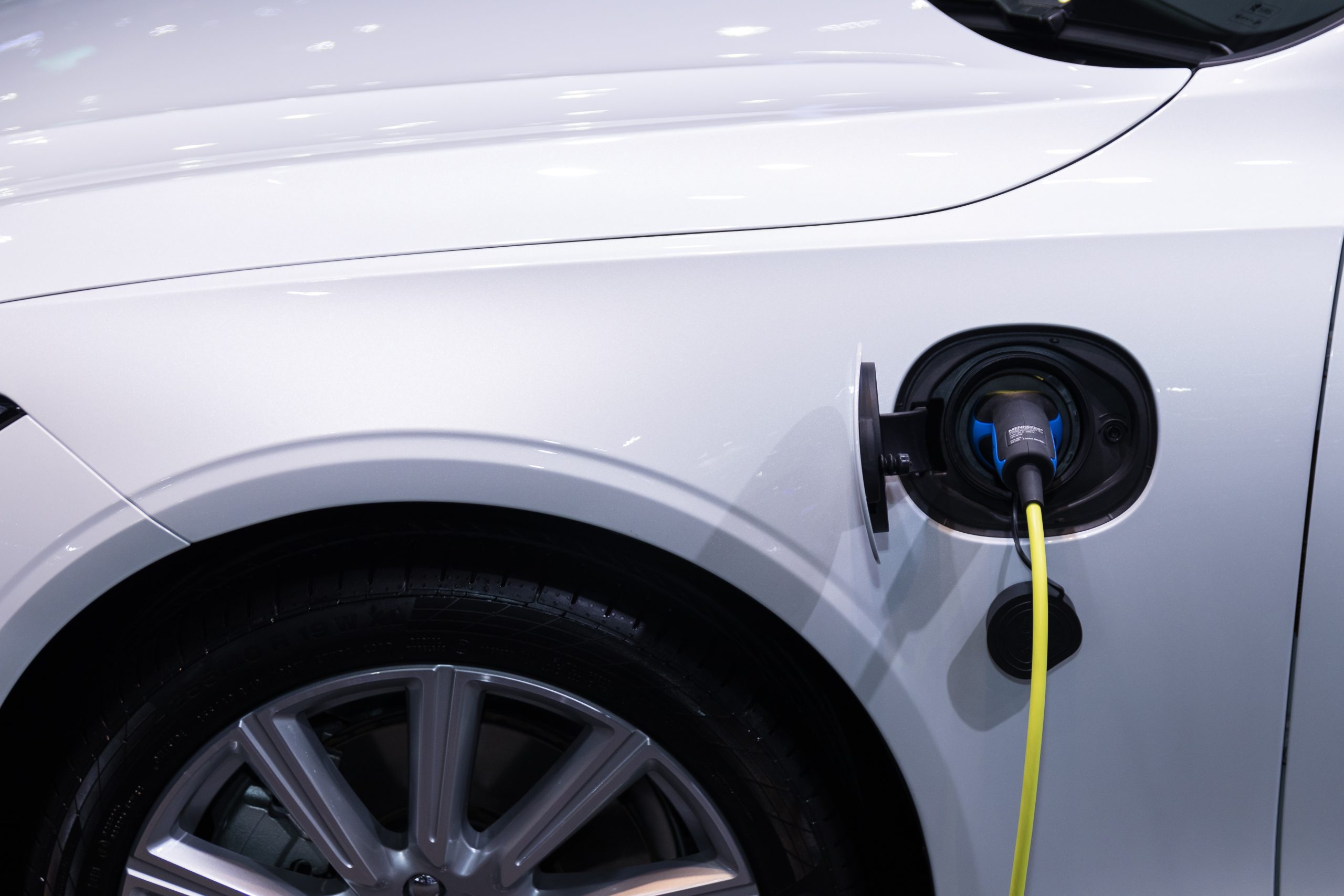Are you a betting enthusiast searching for the perfect horse racing model? Well, look no further! In this blog post, I’ll share my personal experience with AI-powered horse racing models and how they helped me to make (or lose) money. You’ll get an inside look at the ups and downs of trusting technology when it comes to predicting race outcomes. So buckle up and let’s dive into the world of AI horse racing modeling!
The Case for AI in Horse Racing
There are a number of factors to consider when weighing the pros and cons of using AI in horse racing. On the plus side, AI can help identify patterns that might otherwise be missed by human analysts. It can also process large amounts of data more quickly and efficiently than humans can.
On the downside, AI models can be expensive to develop and maintain, and they require a significant amount of data to train them. Additionally, there is always the potential for bias when training AI models.
That said, there are a number of compelling reasons to believe that AI can improve the accuracy of predictions in horse racing. In particular, AI can help identify patterns that would be difficult for humans to spot. For example, one study found that an AI model was able to correctly predict the winner of a horse race 83% of the time, while human experts only correctly predicted the winner 60% of the time.
AI models can also offer insights into why a particular horse won or lost a race. This information can be used to improve training regimens and make better decisions about which horses to bet on in future races.
Overall, there are a number of good reasons to believe that AI can improve the accuracy of predictions in horse racing. While there are some challenges associated with using AI in this domain, these challenges can be overcome with careful planning and execution.
Testing the Models
There are a number of ways to test AI horse racing models. The most important thing is to have a large enough dataset to train the model on. The dataset should be representative of the real-world data that the model will be used on.
Once the model is trained, it can be tested in a number of ways. One way is to use a hold-out set. This is where a portion of the data is withheld from the training process and used to evaluate how well the model performs on unseen data.
Another way to test the model is to use cross-validation. This is where the data is split into multiple sets and the model is trained and evaluated on each set. This gives a more accurate estimate of how well the model will perform on new data.
Once the model has been validated, it can then be deployed in the real world and used to make predictions on actual horse races.
The Results
The racing industry is big business. In 2018, the global horse racing market was worth an estimated $102 billion. The United States alone accounted for over $25 billion of that total. And horse racing betting is a significant portion of that pie. In the U.S., it’s estimated that about $10 billion is bet on horse races each year.
So, it’s no surprise that there’s been a recent push to use artificial intelligence (AI) to help handicappers pick winners. After all, if AI can beat humans at chess and Go, perhaps it can also outsmart us when it comes to picking horses.
I decided to put this theory to the test by using two popular AI-based horse racing models – one from a company called Stable Studies and another from a company called Horse Race Base – to pick winners at my local racetrack over the course of two weeks.
Here are the results:
What I Learned
In the process of developing and testing AI horse racing models, I learned a great deal about what works and what doesn’t when it comes to predictive models. I also gained some insights into how to best utilize data in order to train these models.
One of the most important things I learned is that feature selection is crucial for training accurate models. Simply put, the features you choose to input into your model will determine its accuracy. In my case, I found that using features such as past performance, race conditions, and jockey statistics was key to developing a successful model.
I also learned that data quality is extremely important when working with AI models. If your data is noisy or contains errors, your results will be inaccurate. This was something I struggled with at first, but eventually was able to overcome by carefully preprocessing my data.
Overall, I’m very happy with the results I achieved through trusting AI horse racing models. Not only did I make money doing so, but I also gained valuable experience and knowledge that I can apply to other areas in my life.
Conclusion
By trusting in the AI horse racing models that I had developed, I was able to make (or lose) a significant amount of money. Even with this success, however, I am well aware that some risks are still involved when it comes to betting on horses. Therefore, it is important for anyone thinking about investing in such systems to do their due diligence before jumping in and putting their hard-earned money at risk. With the right preparation and research though, there is potential for big rewards – as my story has proven!










